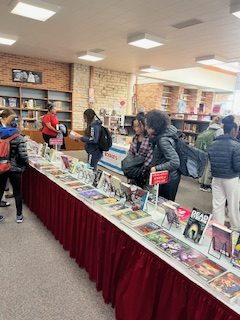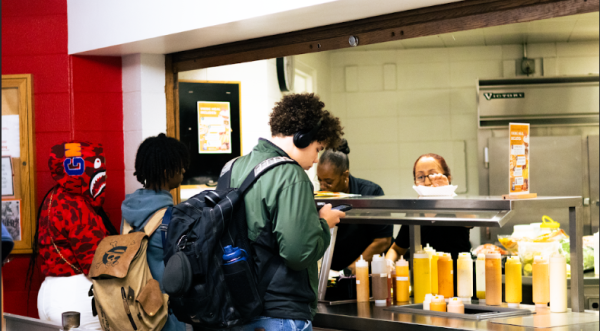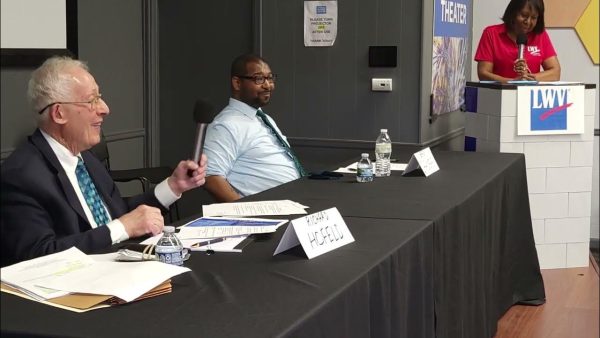Violence in Gaza hits close to home

It’s been a painful summer for students and faculty here with connections to the violence in Gaza, where Palestinians and Israelis have been clashing since July.
English teacher Sahar Mustafah has strong ties to the area.
“My parents were born in Palestine, and I lived in the Palestinian West Bank when I was a young girl. That’s why my attachment is still so strong,” she said.
More than 2,100 people have been killed in Gaza since July. Thousands more have been wounded and many buildings have been destroyed.
“Fortunately, the West Bank, where my family and friends live, has been relatively stable,” Mustafah said. “I am very sad to say that a close friend of my mother-in-law lost her sister, brother-in-law, and their children who live in Gaza.”
Watching the violence unfold has been hard, she said.
“It is a tragedy to see whole families wiped out, not including the devastation of Gaza’s hospitals, schools, and other infrastructures upon which its citizens depend,” Mustafah said.
The conflict between the Palestinians and Israelis began in June, when three teenagers from Israel were kidnapped and killed in Gaza. The kidnappings sparked the newest wave of fighting between two groups who have a long history of violence with one another.
Israel launched bombing raids aimed at punishing Hamas, the leadership organization in Gaza they said is responsible. In return, Palestinians shot rocket attacks into Israel.
Life in Israel was “awful,” said Roi Yair, who served in the Israeli Defense Forces and now works as an emissary to the Jewish community in Indiana.
“As a former soldier and active reservist, I can promise you we are going through every length possible to save innocent Palestinian lives, while not sacrificing our own,” he said. “Again, unfortunately Hamas makes use of this policy. My personal feeling is that there is no hope for the people of Gaza as long as Hamas is in charge.”
The two sides have reached a ceasefire, but few people think the violence is done for good.
“Ceasefires are temporary,” Mustafah said. “There needs to be a genuine and engaged discussion about the future of Palestinians to prevent another bombardment.”
The amount of violence that has come out of this conflict is “staggering,” history teacher Jon Elfner said.
“Unfortunately, this will not be the last violent conflict between Israel and the Palestinians,” he said.
Israel occupied Gaza for nearly 40 years before pulling out troops and settlers in 2005. But they still control Gaza’s airspace, water and border. Palestinians say the tight Israeli control has made life in Gaza unbearable.
Some students say the United States is not doing enough to help the Palestinians.
“It upsets me that all of these young children are dying,” junior Imani Muhammad said. “The U.S. has the power to help but chooses to do almost nothing.”
People often have strong opinions about who is most responsible for the violence.
Unfortunately, much of the public is under informed about the crisis, said Scott Aronson, who teaches about the conflict in his International Relations class.
“As to the causes of the plight of Gaza, this is a supercharged issue with most people taking the side of either the Palestinians or the Israelis and assigning blame in a dogmatic black and white fashion, completely neglecting the shades of gray and complexity of the issues involved,” he said.
Aronson says the media is partially responsible for this.
“As long as Americans refuse to critically look at the real issues involved, the media will continue to give its audience what it wants, easy sound-bytes that focus on the violence that occurs and sensationalism rather than a real understanding of the situation that may lead to pressure on our foreign policy leaders to become meaningfully engaged in an effort to affect peaceful change,” he wrote in an e-mail to The Voyager.
It’s up to students to inform themselves.
“Students should understand that in addition to families attempting to survive in this place, children quite often lack a general sense of safety and educational opportunity,” Aronson said.





